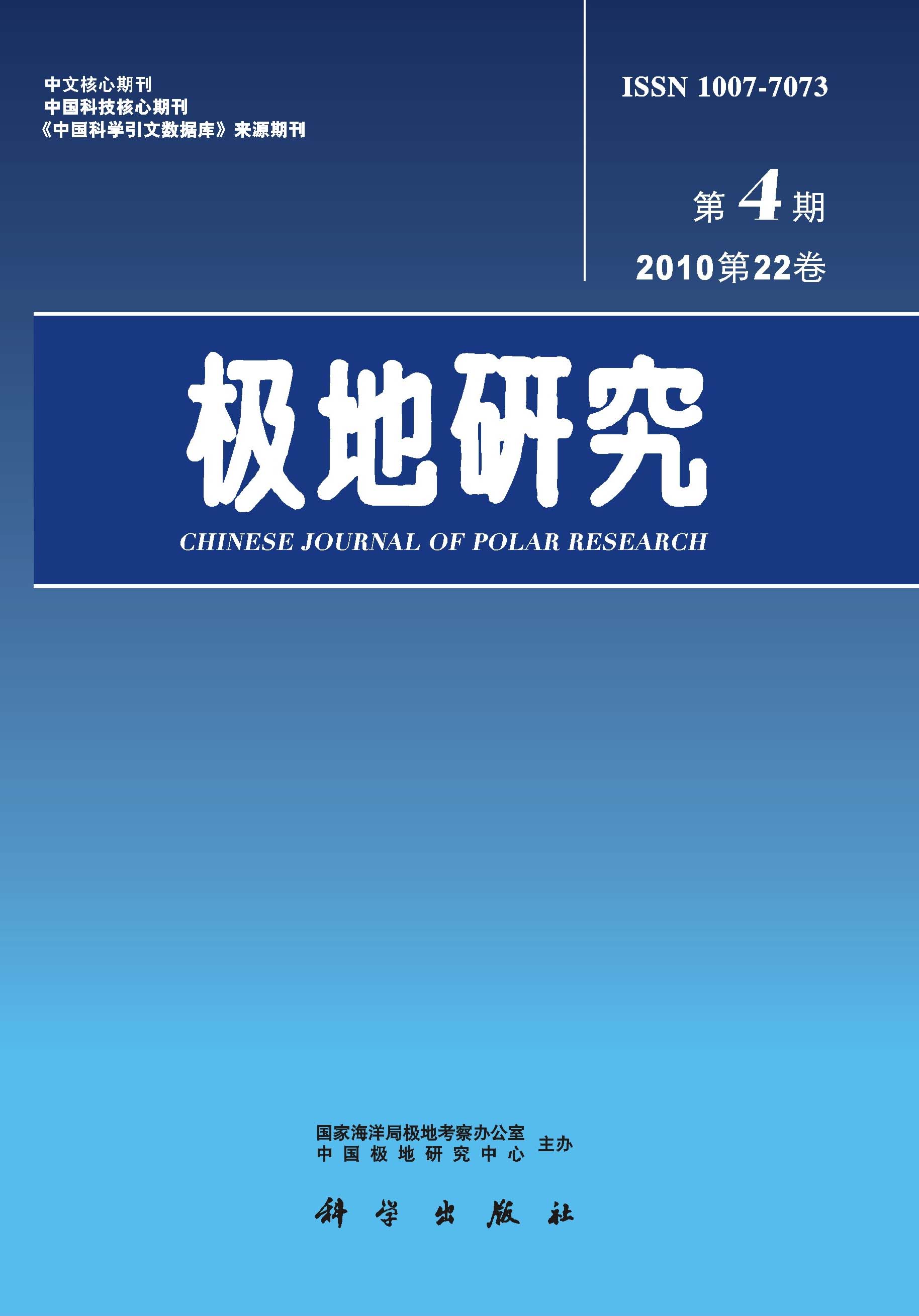The Yanwo Lake,situated in King George Island at 62°13′14″S and 58°57′38″W .It is important to study the elemental and environmntal geochemistry of this region. Reported in this paper are the contents, distribution,statical values,relative rich coefficients,interrelated matrix of elements in the late Quaternart sediments of Yanwo Lake Core from the Great Wall Station, King George Island. The results show that the sediments in Yanwo Lake Core:the lam (clayey soil) is highly rich in Cs,As Ba,and poor in Cr, Hf; the sand is highly rich in Ni, Zn,Au,Sr and poor in Ta, Zn, E; the gravel is highly rich in Rb and poor Fe, Cs, Yh, As, Ba. The relative rich coefficients of the elements in Yanwo Lake core with earth crust, sedimentary rock and loess are show that the K, Rb, Cs, Ya, Hf, U, Th, Zn, Sr, Ba have great movable ability; Na, Fe, Co, Zr, Sc, As have medial movable ability; Ni, Mo, Au, have weak movable ability. The interrelated matrix of elements in sediments of Yanwo Lake Core is show that between Na and Zn; Mo and Cr, As;Co and Sc, Mo, AS; Sc and Cs, Mo, AS; Fe and Co, SC, Mo, AS are extremely clear relations, and between Na and As; Rb andFe, Co, Sc, Mo are negatively clear relative.

